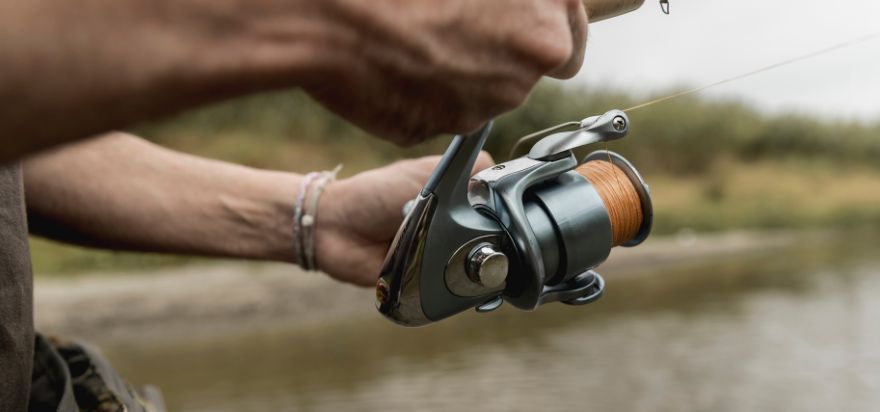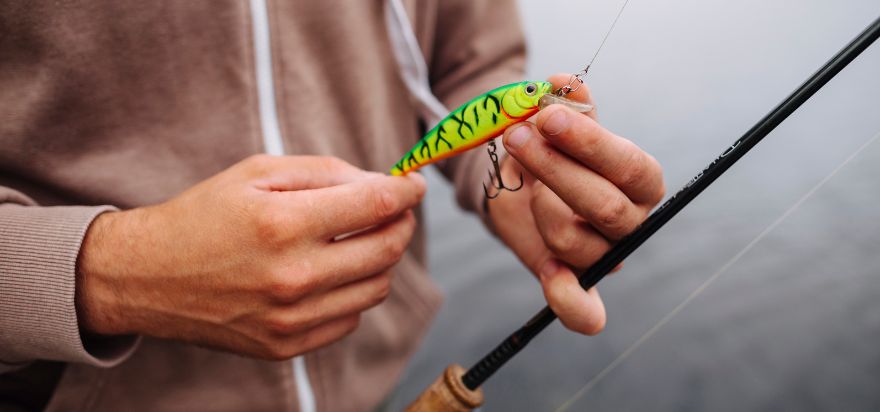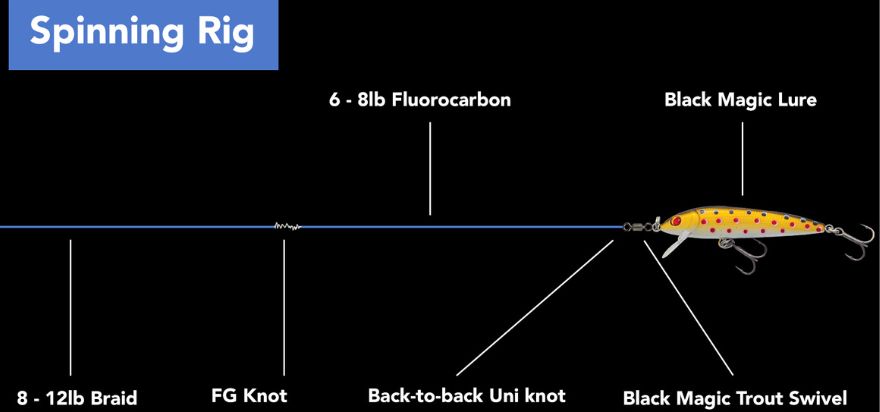Are you ready to embark on an exciting journey into the world of spin fishing? Whether you’re a seasoned angler or a beginner looking to cast your first line, this comprehensive guide will provide you with invaluable spin fishing tips and techniques that will significantly enhance your fishing experience. Join us as we dive into the mesmerizing realm of spin fishing and explore the tricks and tactics that will help you reel in the ultimate catch.
Understanding Spin Fishing
Spin fishing is a popular method of angling that involves using a spinning reel and rod combination. Unlike other forms of fishing, spin fishing relies on the use of lures or artificial baits to attract fish. Let’s delve into the specifics of spin fishing and how you can excel at it.
The Right Gear

Choosing the Perfect Rod and Reel
Selecting the right rod and reel is crucial for a successful spin fishing experience. Consider the type of fish you intend to catch and the location where you’ll be fishing. Different species require different setups.
Picking the Right Line
Your choice of fishing line plays a pivotal role in your success. Monofilament, fluorocarbon, and braided lines each have their advantages and are suited for various situations. Learn which one suits your needs best.
Mastering Casting Techniques
Perfecting the Overhead Cast
The overhead cast is a fundamental skill in spin fishing. It allows you to accurately cast your lure to your desired target. Practice your casting technique to ensure accuracy and distance.
The Art of Pitching and Flipping
For precise casting in tight spaces or around obstacles, mastering pitching, and flipping techniques is essential. Learn how to make those precise, short-distance casts that can make all the difference.
Lure Selection and Presentation

Understanding Lure Types
Different lures mimic various prey species, enticing fish to strike. Get familiar with the types of lures available, including jigs, crankbaits, and soft plastics, and know when to use them.
Lure Retrieval Techniques
The way you retrieve your lure can determine your success. Experiment with retrieval techniques such as steady retrieve, stop-and-go, and erratic jerks to see what works best.
Location Matters
Finding the Right Spots
Knowing where the fish are is half the battle. Understand the habits and habitat of your target species to increase your chances of a successful catch.
Adapting to Seasonal Changes
Fish behavior varies with the seasons. Learn how to adjust your tactics and lure choices based on the time of year for optimal results.
Playing and Landing Your Catch

Setting the Hook
Proper hook-setting is critical in spin fishing. Timing and technique are key to ensuring that your hook finds its mark and securely lodges in the fish’s mouth.
Fighting the Fish
The battle between anglers and fish can be intense. Learn how to play and tire out your catch while keeping your line tight and your rod bent.
Staying Safe and Responsible
Adhering to Fishing Regulations
Responsible angling means following local fishing regulations and respecting catch limits. Make sure you are aware of the rules and guidelines in your area.
Handling Fish with Care
Practice catch-and-release techniques to preserve fish populations. Handle fish gently and release them back into the water unharmed whenever possible.
Final Thoughts
Spin fishing is not just a hobby; it’s an art form that requires dedication and skill. With the tips and techniques outlined in this guide, you’ll be well on your way to becoming a proficient spin angler. Remember to respect nature, follow regulations, and always leave the fishing spot better than you found it.
The best time for spin fishing is typically during dawn and dusk when fish are most active.
Yes, in most places, a fishing license is required for spin fishing. Check local regulations for specific requirements.
While spin fishing is often associated with artificial lures, some anglers do use live bait. Check local regulations to see if it’s allowed in your area.
The size of your fishing line should match the species you’re targeting. Heavier lines are suitable for larger fish, while lighter lines are ideal for smaller species.


